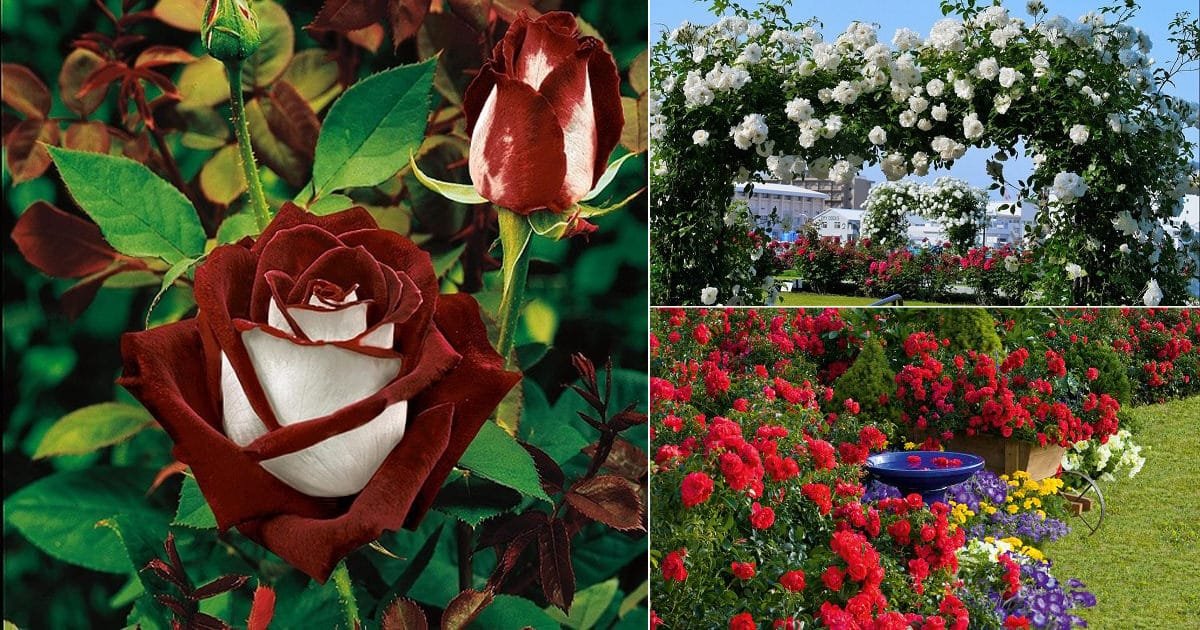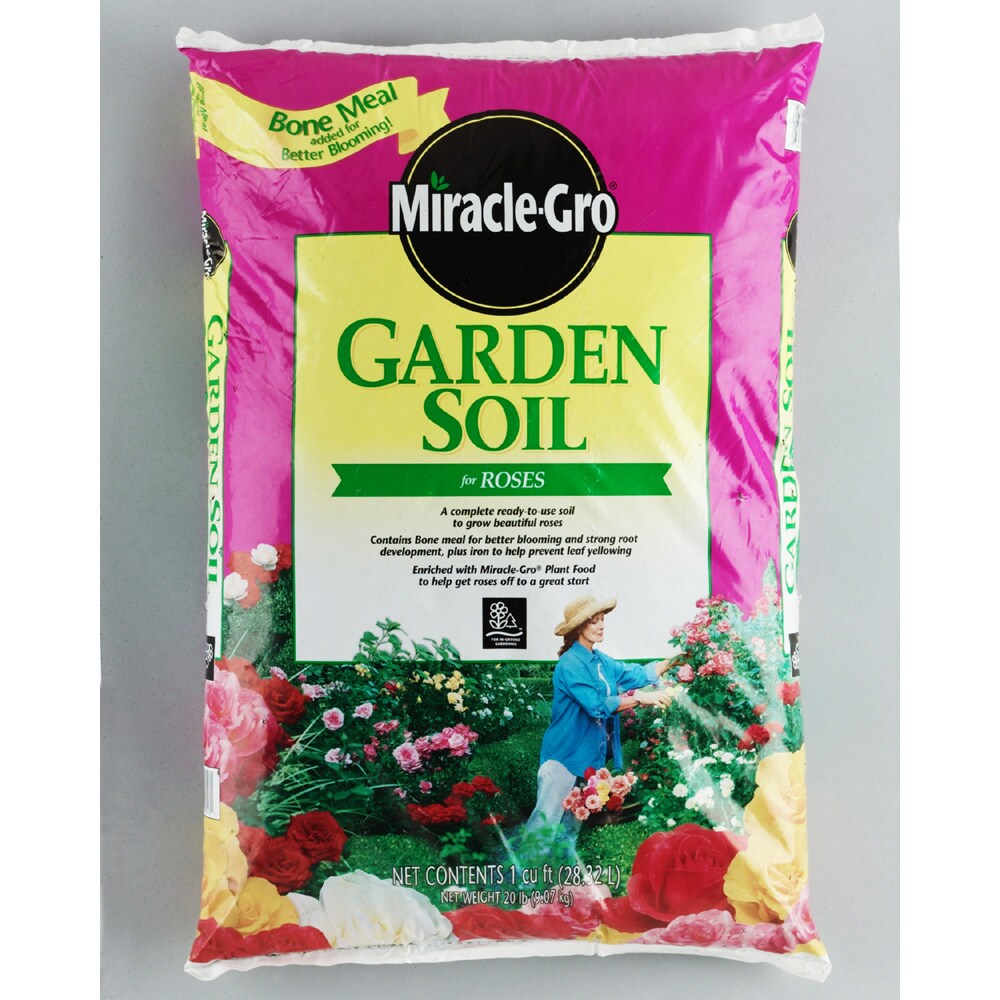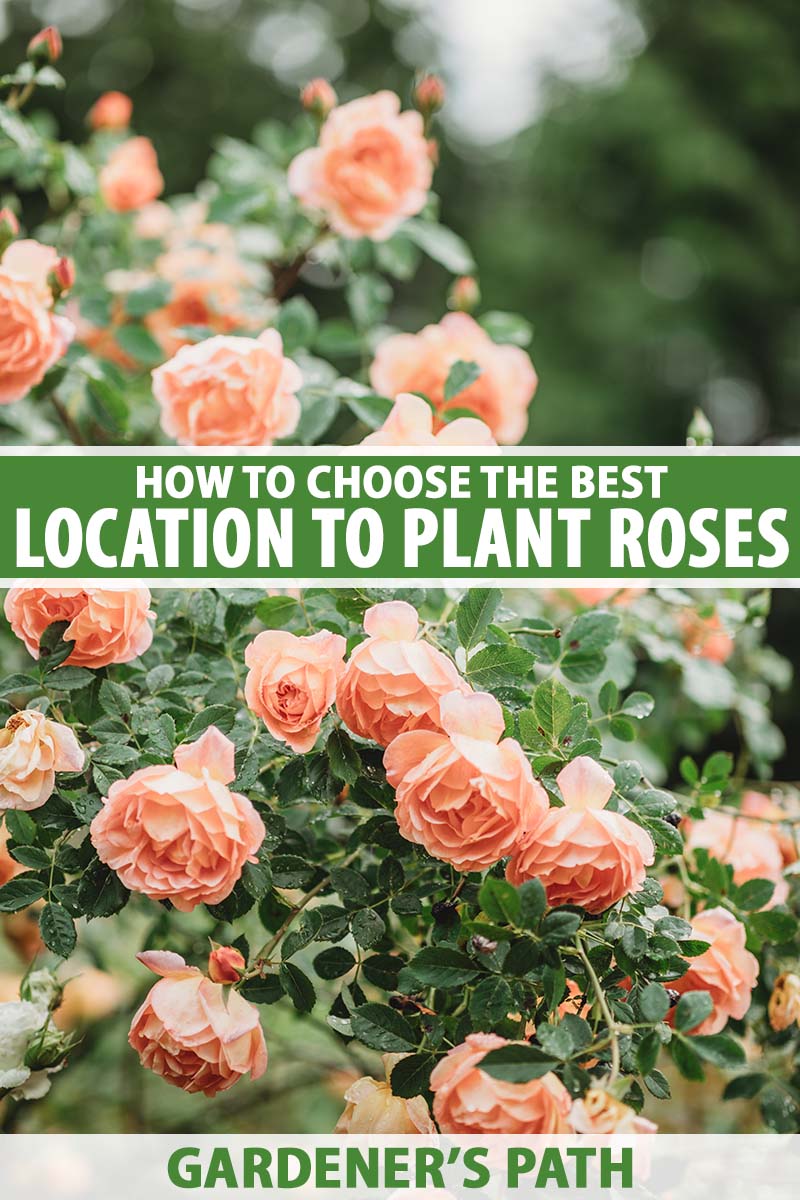Understanding the Needs of Roses: Sunlight, Soil, and Space
When deciding where to plant roses, it’s essential to consider the amount of sunlight, soil type, and space needed. Most rose varieties require at least six hours of direct sunlight per day, although some species can tolerate partial shade. In terms of soil, roses prefer well-draining, fertile soil with a pH between 6.0 and 6.5. If your soil is heavy clay or sandy, you may need to amend it with organic matter to create a more suitable growing environment.
Space is also a critical factor when planting roses. Different types of roses have varying growth habits, from compact shrubs to sprawling climbers. Make sure to choose a location that provides enough space for your rose variety to grow and receive adequate air circulation. Overcrowding can lead to disease and pest issues, so it’s crucial to plant roses at the correct distance apart. By understanding the needs of roses, you can create a thriving and beautiful rose garden that will bring joy and fragrance to your outdoor space.
When deciding where to plant roses, consider the overall aesthetic you want to achieve in your garden. Do you want a formal, structured look or a more relaxed, informal atmosphere? Roses can be used to create a variety of garden styles, from classic English rose gardens to modern, contemporary designs. By choosing the right location and considering the needs of your rose variety, you can create a stunning and thriving rose garden that will be the envy of your neighbors.
Assessing Your Yard: Finding the Ideal Spot for Your Rose Garden
Before deciding where to plant roses, it’s essential to assess your yard to determine the best location. Start by evaluating the drainage in your yard. Roses don’t like wet feet, so avoid planting in low-lying areas where water may collect. Instead, choose a spot with good drainage, such as a slight slope or a raised bed.
Wind direction is another critical factor to consider. Roses can be sensitive to strong winds, which can cause damage to the plants and reduce blooming. If possible, choose a location that provides some protection from wind, such as a spot near a building or a row of trees.
Proximity to other plants is also important. Roses can be susceptible to disease and pests, so it’s best to plant them in an area with good air circulation. Avoid planting roses near other plants that may compete with them for water and nutrients, such as trees or shrubs.
Finally, consider the accessibility of the location. Choose a spot that is easy to reach with a watering can and pruning shears, as roses require regular maintenance to thrive. By carefully evaluating your yard and choosing the right location, you can create a stunning and thriving rose garden that will bring joy and beauty to your outdoor space.
How to Choose the Perfect Location for Your Rose Variety
With over 150 different species of roses, each with its unique growing requirements, choosing the right location for your rose variety is crucial. Hybrid tea roses, for example, require full sun and well-draining soil, making them ideal for locations with at least six hours of direct sunlight per day. Floribunda roses, on the other hand, are more tolerant of partial shade and can thrive in locations with as little as four hours of direct sunlight per day.
Climbing roses, such as the popular ‘New Dawn’ variety, require a trellis or other support to grow upwards. When choosing a location for climbing roses, consider the direction of the sun and the amount of space available for the rose to grow. A location with morning sun and afternoon shade is ideal, as it will provide the rose with the necessary sunlight to bloom while also protecting it from intense heat.
Other factors to consider when choosing a location for your rose variety include soil type and moisture levels. Some roses, such as the ‘English Rose’ variety, prefer well-draining soil and can be susceptible to root rot if the soil is too moist. Others, such as the ‘Knock Out’ variety, are more tolerant of wet soil and can thrive in locations with poor drainage.
By understanding the unique growing requirements of your rose variety and choosing a location that meets those needs, you can create a stunning and thriving rose garden that will bring joy and beauty to your outdoor space. Whether you’re planting hybrid tea, floribunda, or climbing roses, the right location is key to their success.
Considering the Style of Your Garden: Formal, Informal, or a Mix
The style of your garden can greatly influence the choice of location for your rose garden. Formal gardens, for example, often feature symmetrical designs and precise plant placement. When planting roses in a formal garden, consider using a structured layout, such as a rose border or a rose hedge, to create a sense of order and elegance.
Informal gardens, on the other hand, often feature a more relaxed and naturalistic design. When planting roses in an informal garden, consider using a more free-form layout, such as a rose meadow or a rose woodland, to create a sense of spontaneity and whimsy.
Cottage gardens, which often feature a mix of formal and informal elements, can be a great fit for roses. Consider using a combination of rose varieties, such as climbing roses and shrub roses, to create a layered and textured look.
Ultimately, the style of your garden will depend on your personal preferences and the overall aesthetic you want to achieve. By considering the style of your garden and choosing a location that fits with that style, you can create a stunning and thriving rose garden that will bring joy and beauty to your outdoor space.
When deciding where to plant roses, consider the overall look and feel you want to achieve in your garden. Do you want a formal, structured look or a more relaxed, informal atmosphere? By choosing a location that fits with your garden style, you can create a beautiful and thriving rose garden that will be the envy of your neighbors.
Planting Roses in Containers: A Great Option for Small Spaces
When considering where to plant roses, it’s essential to think beyond traditional garden beds. Container gardening offers a versatile and space-saving solution for rose enthusiasts with limited outdoor space. By planting roses in containers, gardeners can enjoy the beauty and fragrance of these stunning flowers on balconies, patios, or even rooftops.
One of the primary benefits of container-grown roses is flexibility. Containers can be moved to different locations to optimize sunlight and temperature conditions, ensuring the roses receive the best possible care. This is particularly useful for gardeners who live in areas with extreme weather conditions or for those who want to create a dynamic garden design.
When selecting a container for roses, it’s crucial to choose one that is large enough to accommodate the mature size of the plant. A minimum depth of 12-18 inches is recommended to provide sufficient root space. The container should also have good drainage holes to prevent waterlogged soil. Consider using a high-quality potting mix specifically designed for roses, as it will retain moisture and nutrients while draining excess water.
Roses in containers require regular care, including fertilization, pruning, and watering. A balanced fertilizer should be applied regularly, following the manufacturer’s instructions. Pruning is essential to maintain the shape and promote healthy growth. Watering should be done carefully, as containers can dry out quickly. Aim to provide about 1-2 inches of water per week, either from rainfall or irrigation.
Some popular rose varieties thrive in containers, including compact floribundas, patio roses, and miniature roses. These varieties are bred specifically for container gardening and offer a range of colors, fragrances, and growth habits. When selecting a rose variety for container gardening, consider factors like mature size, disease resistance, and climate tolerance.
By planting roses in containers, gardeners can enjoy the beauty and benefits of these stunning flowers, even in small spaces. With proper care and attention, container-grown roses can thrive, providing a stunning display of color and fragrance for years to come. When deciding where to plant roses, consider the flexibility and versatility of container gardening – it may just be the perfect solution for your rose gardening needs.
Common Mistakes to Avoid When Planting Roses
When deciding where to plant roses, it’s essential to avoid common mistakes that can lead to poor growth, disease, and pest issues. By being aware of these mistakes, gardeners can take steps to prevent them and ensure a healthy, thriving rose garden.
One of the most common mistakes is planting roses in low-lying areas where water tends to collect. Roses don’t like wet feet, and standing water can lead to root rot and other problems. When evaluating your yard, make sure to choose a location that drains well and is not prone to waterlogging.
Another mistake is not providing enough space for the roses to grow. Roses need air circulation to prevent disease, and overcrowding can lead to reduced growth and increased susceptibility to pests. Make sure to leave enough space between each plant, taking into account the mature size of the variety.
Planting roses in areas with poor soil quality is also a common mistake. Roses prefer well-draining, fertile soil that is rich in organic matter. If your soil is heavy clay, sandy, or lacking in nutrients, consider amending it before planting roses.
Not providing sufficient sunlight is another mistake to avoid. Most roses need at least six hours of direct sunlight per day to thrive. If your yard receives less sunlight, consider choosing a variety that is tolerant of shade or partial shade.
Finally, not preparing the soil properly before planting is a mistake that can lead to poor growth and establishment. Make sure to test your soil pH and amend it if necessary, and add organic matter such as compost or manure to improve soil fertility and structure.
By avoiding these common mistakes, gardeners can create a stunning and thriving rose garden that will provide beauty and enjoyment for years to come. When deciding where to plant roses, take the time to evaluate your yard, choose the right variety, and prepare the soil properly. With a little planning and care, you can enjoy a breathtaking rose garden that will be the envy of the neighborhood.
Preparing the Soil for Your Rose Garden
Before planting roses, it’s essential to prepare the soil to create a fertile and well-draining growing environment. Roses have specific soil requirements, and neglecting to prepare the soil can lead to poor growth, disease, and pest issues.
The first step in preparing the soil is to test its pH level. Roses prefer a slightly acidic to neutral soil pH, ranging from 6.0 to 6.5. If your soil is too acidic or alkaline, it may need to be amended with lime or sulfur to adjust the pH.
Next, assess the soil’s nutrient content. Roses require a balanced diet of nutrients, including nitrogen, phosphorus, and potassium. A soil test can help determine the nutrient levels in your soil, and amendments can be added as needed.
Soil structure is also crucial for rose growth. Roses prefer well-draining soil that is rich in organic matter. If your soil is heavy clay or sandy, consider adding compost or well-rotted manure to improve its structure and fertility.
Another important consideration is soil depth. Roses have a deep root system, and the soil should be deep enough to accommodate their roots. A minimum soil depth of 12-18 inches is recommended.
To prepare the soil, start by removing any debris, rocks, or weeds. Then, till the soil to a depth of 12-18 inches to loosen and aerate it. Add any necessary amendments, such as compost or fertilizer, and mix them into the soil.
Finally, rake the soil to create a smooth, even surface. This will help prevent soil compaction and ensure good drainage.
By preparing the soil properly, you can create a healthy and thriving rose garden. Remember to choose a location that receives the right amount of sunlight and has good air circulation, and to plant your roses at the right time of year for your climate.
When deciding where to plant roses, don’t forget to consider the soil requirements. With a little preparation and care, you can create a stunning rose garden that will provide beauty and enjoyment for years to come.
Final Tips for a Thriving Rose Garden
Creating a stunning and thriving rose garden requires careful planning, attention to detail, and a willingness to experiment. By following the tips and guidelines outlined in this article, gardeners can create a beautiful and fragrant rose garden that will provide joy and beauty for years to come.
Remember to choose a location that receives the right amount of sunlight and has good air circulation. Consider the style of your garden and the type of roses you want to grow, and choose a location that meets their unique needs.
Don’t be afraid to try new things and experiment with different rose varieties and garden designs. Roses are a versatile and forgiving plant, and with a little care and attention, they can thrive in a wide range of conditions.
When deciding where to plant roses, consider the overall aesthetic you want to create in your garden. Do you want a formal, structured look, or a more informal, cottage-style garden? Choose a location that fits with your overall vision, and don’t be afraid to mix and match different rose varieties to create a unique and beautiful display.
Finally, remember to have fun and enjoy the process of creating your rose garden. With a little patience and care, you can create a stunning and thriving rose garden that will bring joy and beauty to your outdoor space.
By following these final tips and guidelines, gardeners can create a rose garden that is not only beautiful, but also thriving and healthy. Whether you’re a seasoned gardener or just starting out, with a little practice and patience, you can create a stunning rose garden that will be the envy of the neighborhood.
So why not get started today? Choose a location, select your favorite rose varieties, and start planting. With a little care and attention, you’ll be enjoying the beauty and fragrance of your rose garden in no time.


/soil-for-roses-1403048-hero-8ab1266560e54e249ca9744c7e68e671.jpg)





